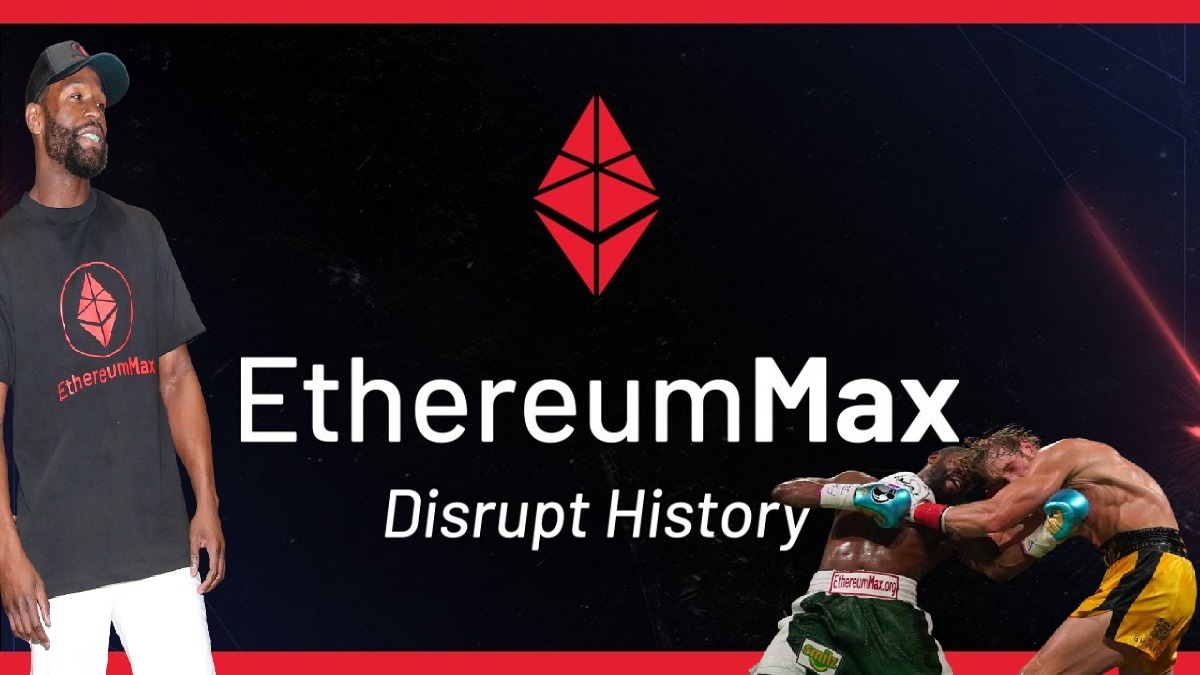The ecosystem of the largest altcoin by capitalization continues to develop. We talk about the London update, L2 Optimism and Arbitrum solutions, as well as the future of Ethereum 2.0.
In recent months, the popularity of the Ethereum network has only been growing, and the status of the “bitcoin killer” is already predicted for the cryptocurrency of the same name. The technical infrastructure of the project continues to develop.
Scalability issues
The main problem of the Ethereum network today from the user’s point of view is high fees.
In mid-May, this value exceeded 300 Gwei or more than $ 60, but after the correction, the size of the commission in dollars dropped sharply to less than $ 5.
The low scalability and high cost of financial transactions remains the “Achilles heel” of the Ethereum network, despite all its achievements.
In 2017, the CryptoKitties update was enough to practically paralyze the network and make transactions extremely expensive.
In 2019, the platform founder Vitalik Buterin himself acknowledged the problems with the scalability of the Ethereum blockchain in an interview with Toronto Star.
“Scalability [Ethereum] is a big problem area because the blockchain is almost full.
Large organizations see that if they join [the network], the blockchain will not only overflow, but they will also have to compete with others for transaction space, ”Buterin said.
This spring, the boom in demand for NFT, DeFi investments and high activity of buyers, on some days made transactions unprofitable for the user, or very long.
This problem will be partially resolved with the release of the new London update.
London hard fork
Following the previous Berlin update, the London hard fork will be rolled out to the Ethereum mainnet in August. Like any other hard fork, it has several offers at once.
As part of one of them – EIP-1559 – important changes will take place for the Ethereum network and the price of transactions in it.
The implementation of EIP-1559 means several key changes for the network:
-Greater predictability in calculating transaction fees on the network;
-Reducing delays in confirming transactions;
-Improving UX by automating the commission rate system;
-Implementation of a mechanism for burning ETH when conducting transactions.
The main implications for the network are: the introduction of a coin burning mechanism and a decrease in transaction fees due to the introduction of a “base fee” instead of the “first price auction” model.
This update has two main economic implications: ETH will become a deflationary asset, and miners’ income will decline over time.
Experts believe that if EIP-1559 does lead to this decline, it will initially be insignificant.
This point of view was previously expressed by Nikita Soshnikov, director of the cryptocurrency exchange service Alfacash.
He is sure that the income of those miners who “artificially load the network for the sake of increasing commissions” will suffer first of all.
If Ethereum becomes a deflationary asset, it could have a positive effect on its price.
According to the estimates of ConsenSys specialists, the emission of ETH will be reduced by 1.4% annually.
The London hard fork was already activated at the end of June on the Roepsten and Goerli testnets, and on July 7th on the Rinkeby network.
The estimated activation date for the London hard fork on the mainnet is August 4 at block 12,965,000.
At the same time, the long-awaited transition to PoS of the entire Ethereum network will probably not happen soon.
This is evidenced by the delay in activating the difficulty bomb until December 2021.
The EIP-3554 update will have to deactivate it. Accordingly, the transition of the Ethereum network to PoS will not happen earlier than this time.
As part of this “bomb”, there will be an increase in block execution time and a decrease in rewards for miners.
The complexity of this mechanism will grow exponentially over time in such a way that eventually mining on the Ethereum network will become unprofitable.
Sidechains and second-level solutions
The delay in the implementation of the complexity bomb suggests that, based on the available data, the transition to Ethereum 2.0 cannot actually occur before December 2021.
Therefore, the use of second-level solutions (Arbitrum and Optimism) is still relevant for the crypto community.
They allow you to significantly increase the scalability of the network through the use of “roll-ups”.
A roll-up is a sidechain smart contract transaction pooling that stores transaction data prior to bundling bundles before they are migrated to the main network.
The Arbitrum mainnet was launched on May 28. At the same time, the largest DEX Uniswap, running on the Ethereum blockchain, decided to launch Arbitrum on Uniswap V3.
The decision was made during the voting of UNI token holders and received support in the form of 41.35 million votes.
On July 13th, the Optimism solution was also activated on Uniswap.
DeFi companies and decentralized exchanges today are interested in solving the Ethereum scalability problem as quickly as possible, so they are actively implementing all relevant updates on their platforms.



